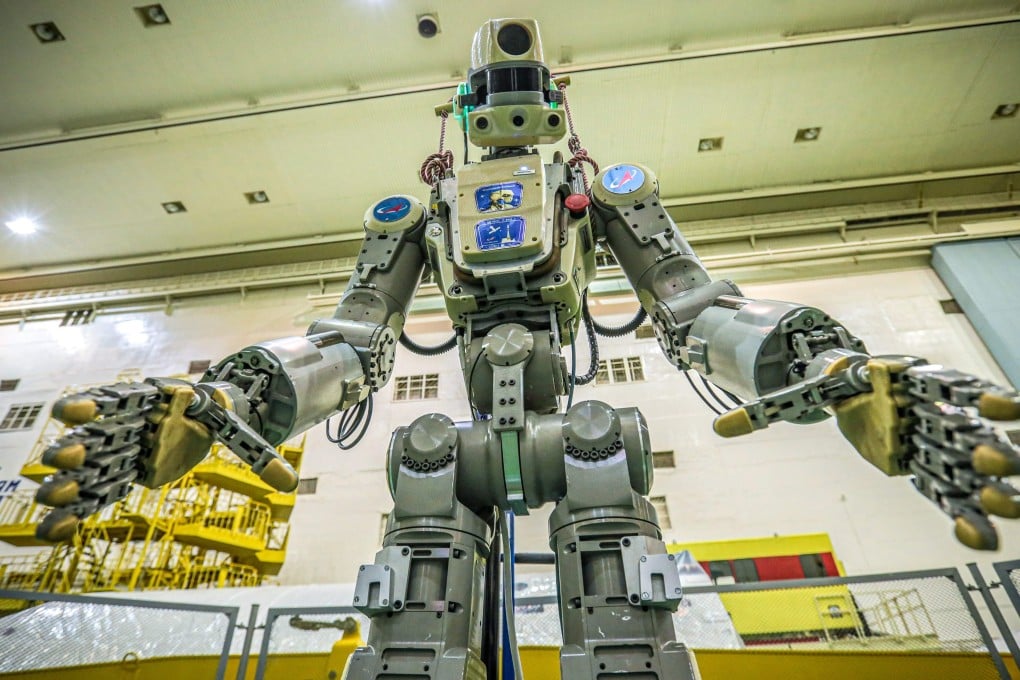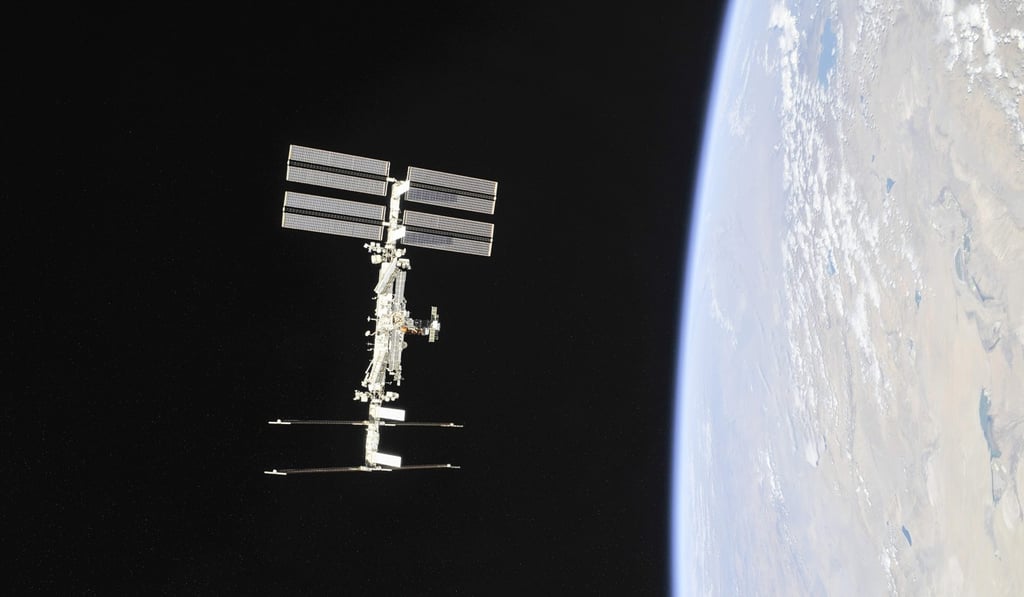Advertisement
Russia launches its first-ever humanoid robot into space
- The silvery anthropomorphic robot is named ‘Fedor’, for Final Experimental Demonstration Object Research
- It copies human movements, allowing it to remotely help astronauts carry out tasks while they are strapped into an exoskeleton
Reading Time:2 minutes
Why you can trust SCMP

Russia launched an unmanned rocket on Thursday carrying a life-size humanoid robot which will spend 10 days learning to assist astronauts on the International Space Station.
Named Fedor, for Final Experimental Demonstration Object Research with identification number Skybot F850, the robot is the first ever sent up by Russia.
It blasted off in a Soyuz MS-14 spacecraft at 6:38am Moscow time from Russia’s Baikonur cosmodrome in Kazakhstan. The Soyuz is set to dock with the space station on Saturday and stay until September 7.
Advertisement
Soyuz ships are normally manned on such trips, but on Thursday no humans were travelling so that a new emergency rescue system could be tested.

Advertisement
Instead of cosmonauts, Fedor was strapped into a specially adapted pilot’s seat, with a small Russian flag in his hand.
Advertisement
Select Voice
Choose your listening speed
Get through articles 2x faster
1.25x
250 WPM
Slow
Average
Fast
1.25x